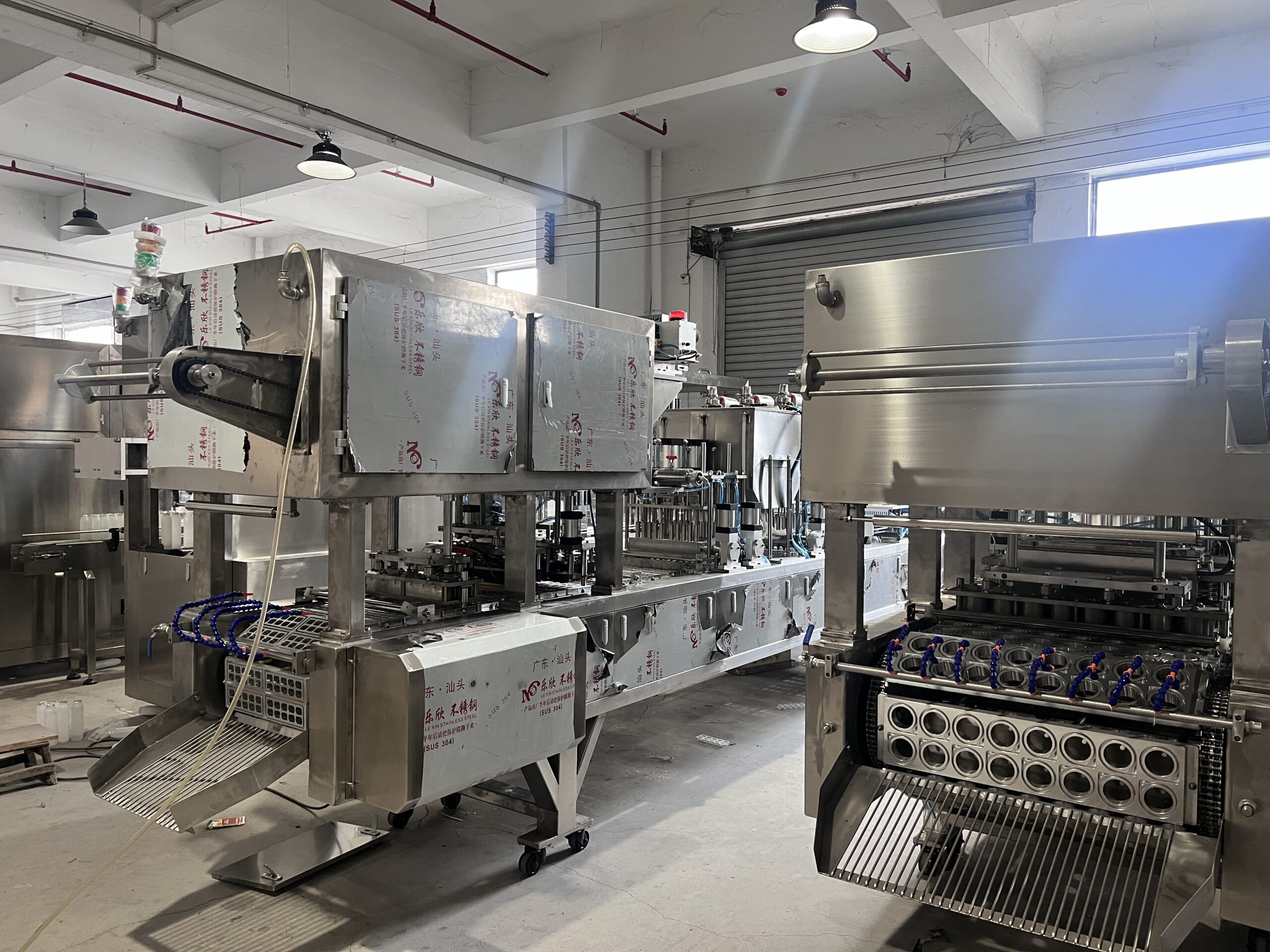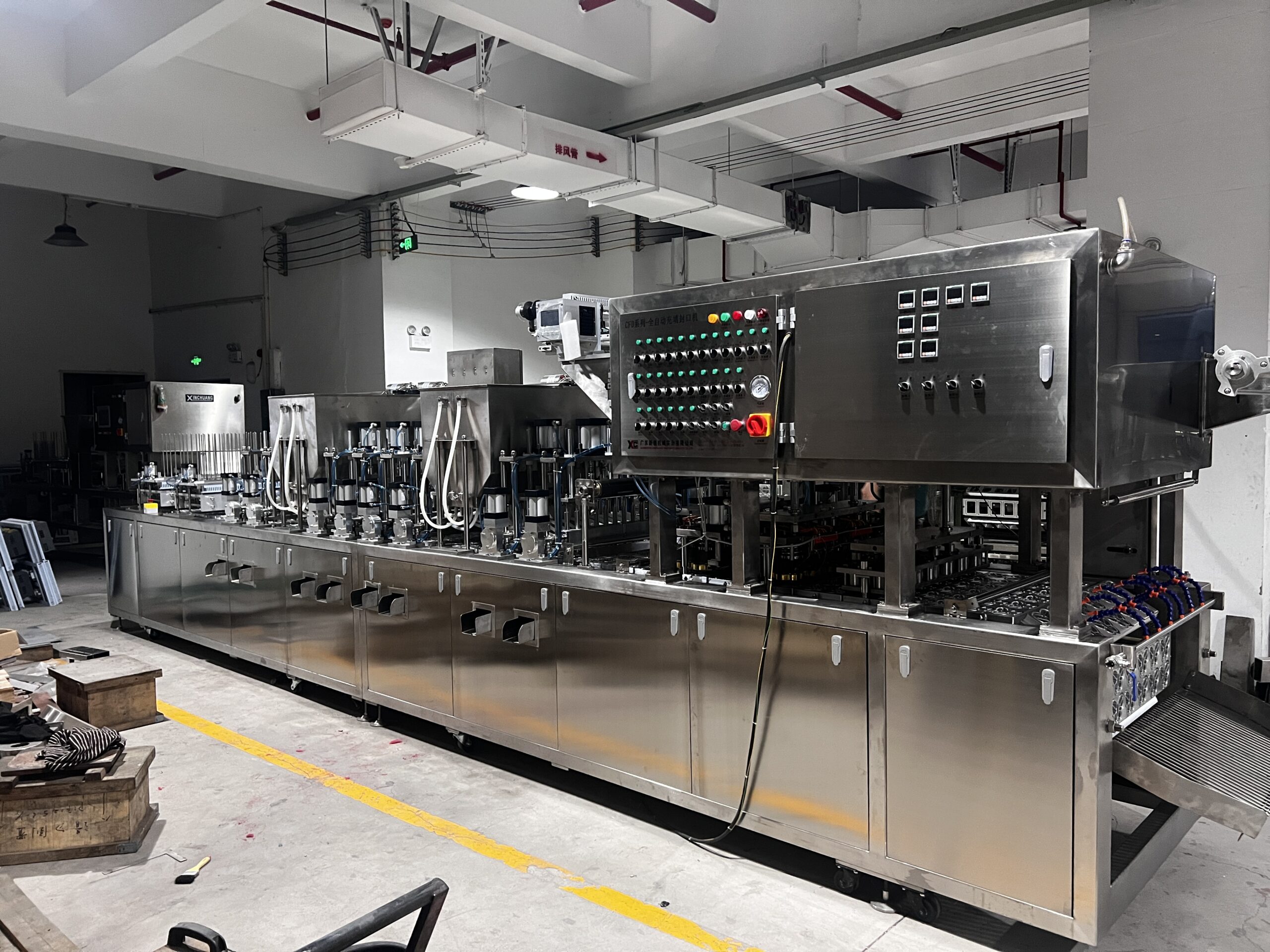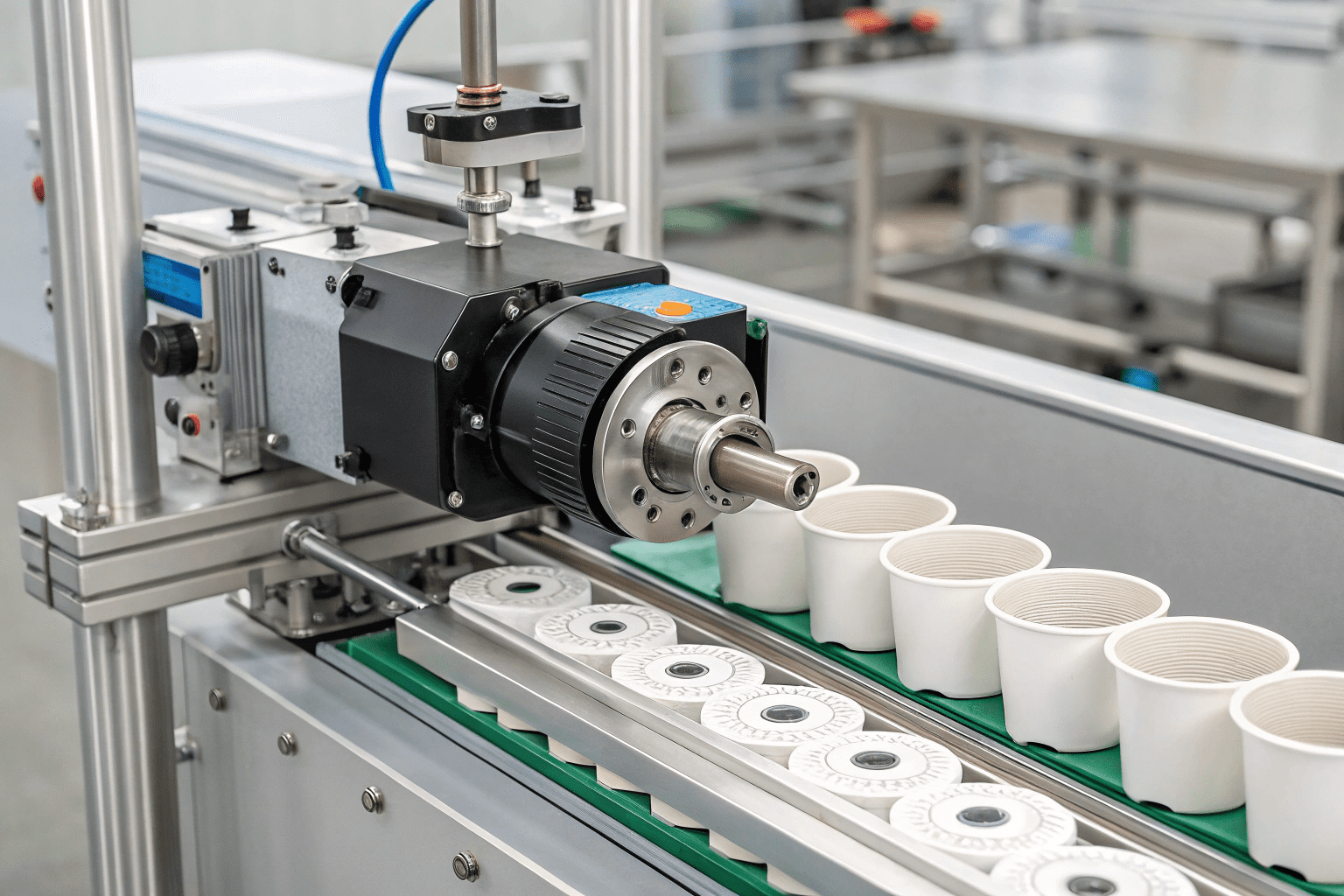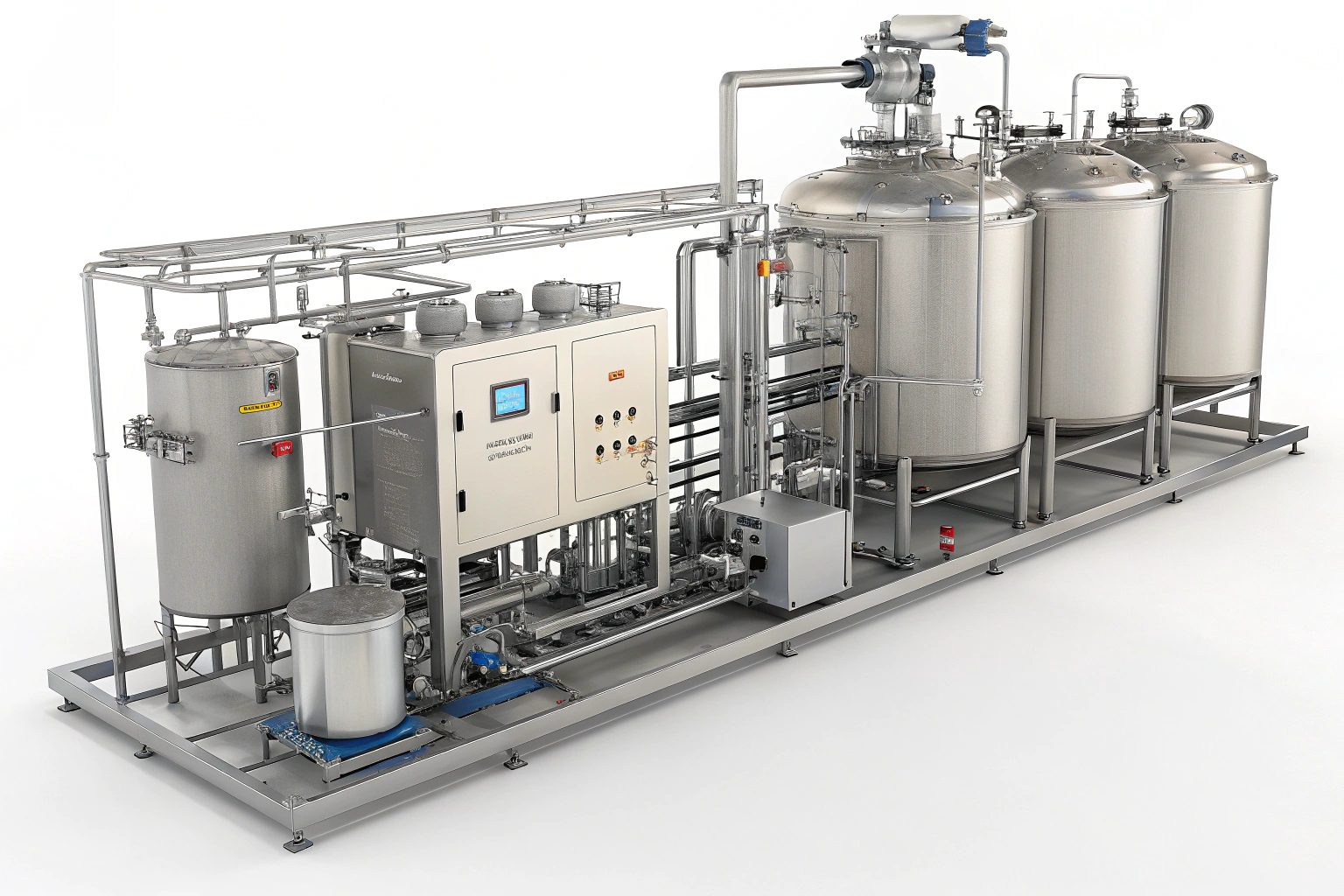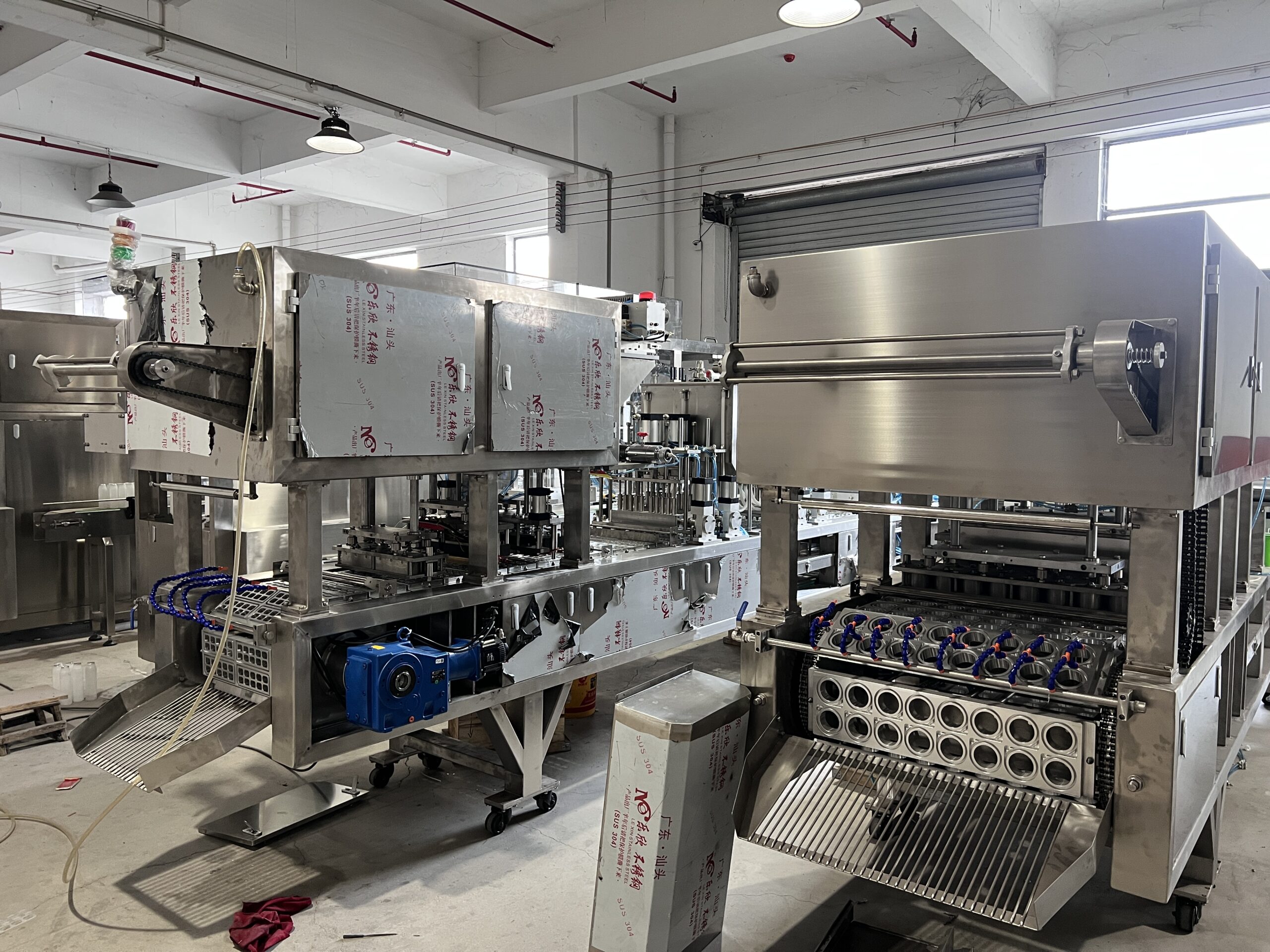Are you concerned about the longevity of your investment in packaging equipment? It is understandable if the machine gets damaged.
With proper use and maintenance, a cup filling and sealing machine can typically last for 5-10 years, or even longer. Factors like operating environment and usage patterns play a big role.
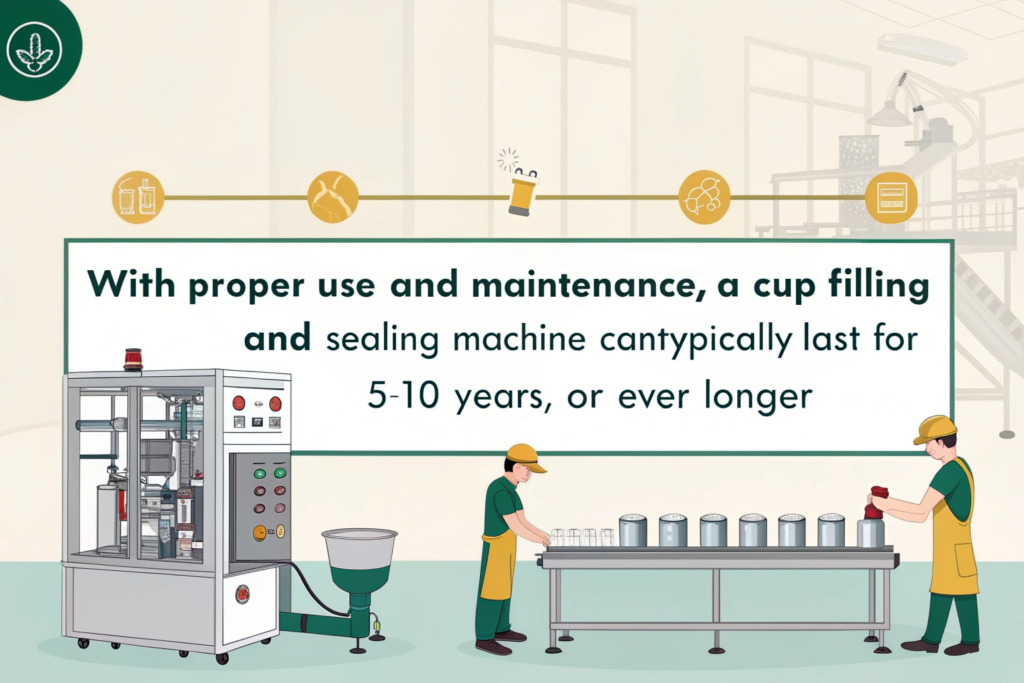
It’s a significant investment. Here’s a breakdown of what affects lifespan and how to maximize it. I will also touch on the maintenance procedures.
What is the Lifespan of a Sealing Machine?
Wondering how long your sealing machine will keep your products fresh and secure? It depends.
The lifespan of a sealing machine, like its filling counterpart, is heavily influenced by usage and maintenance. Expect a similar 5-10 year range with proper care, possibly longer in ideal conditions.
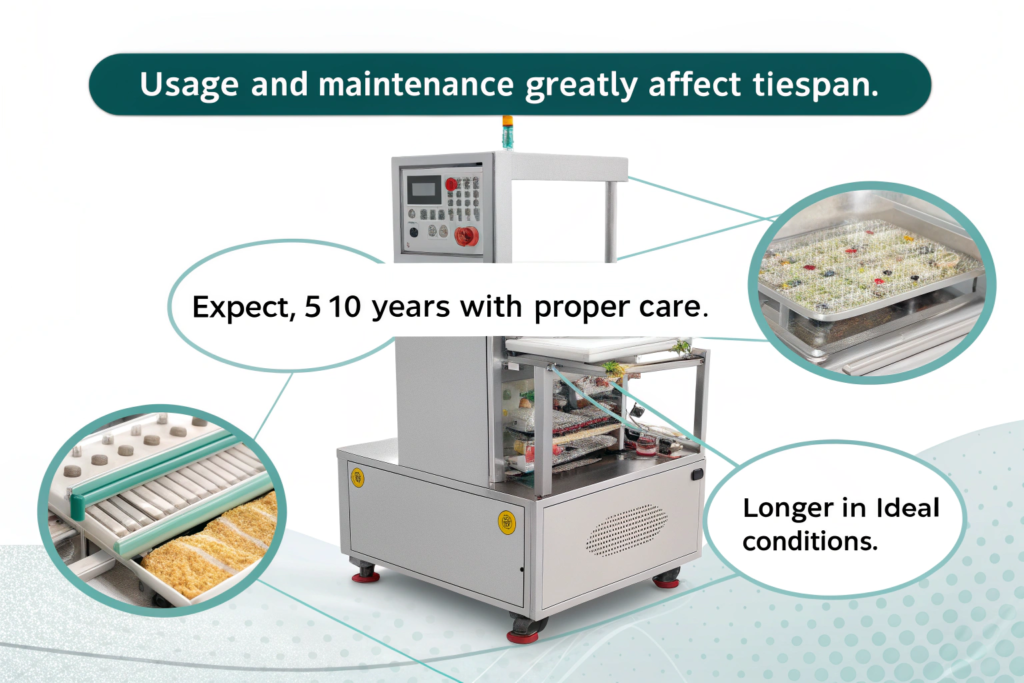
The main different components affect lifespan, so understanding them is key. I will explain it below.
Factors Affecting Lifespan:
The life of your machine is not fixed. So how long it lasts depends on several factors:
-
Usage Patterns:
- Intermittent Use: Machines used periodically, with breaks between production runs, will generally last longer.
- Continuous Operation: Running a machine at high speed, 24/7, without breaks, will accelerate wear and tear.
-
Operating Environment:
- Ideal Conditions: A clean, dry, temperature-controlled environment is best.
- Harsh Conditions: Dust, humidity, extreme temperatures, and corrosive substances (acids or alkalis) can significantly shorten a machine’s lifespan.
-
Maintenance
- Regular cleaning
- Checking
| Factor | Impact on Lifespan | Recommendation |
|---|---|---|
| Usage (Intermittent) | Longer lifespan due to reduced wear and tear. | Ideal for maximizing machine life. |
| Usage (Continuous) | Shorter lifespan due to increased stress and potential for overheating. | Schedule regular maintenance breaks; consider a more robust machine designed for continuous use. |
| Environment (Ideal) | Prolongs lifespan by minimizing corrosion and component degradation. | Maintain a clean, dry, and temperature-controlled workspace. |
| Environment (Harsh) | Significantly reduces lifespan due to accelerated corrosion and component failure. | Consider specialized machines designed for harsh environments; implement rigorous cleaning. |
| Maintenance(Regular) | Prolongs lifespan. | Clean after use. |
| Maintenance(Irregular) | Shorten Lifespan | Must maintain timely. |
How Do You Maintain a Sealing Machine?
Worried about machine breakdowns and costly repairs? I too was.
Maintaining a sealing machine is primarily about regular, thorough cleaning. Focus on areas that contact the product, and lubricate moving parts. Replace consumable parts like O-rings periodically.
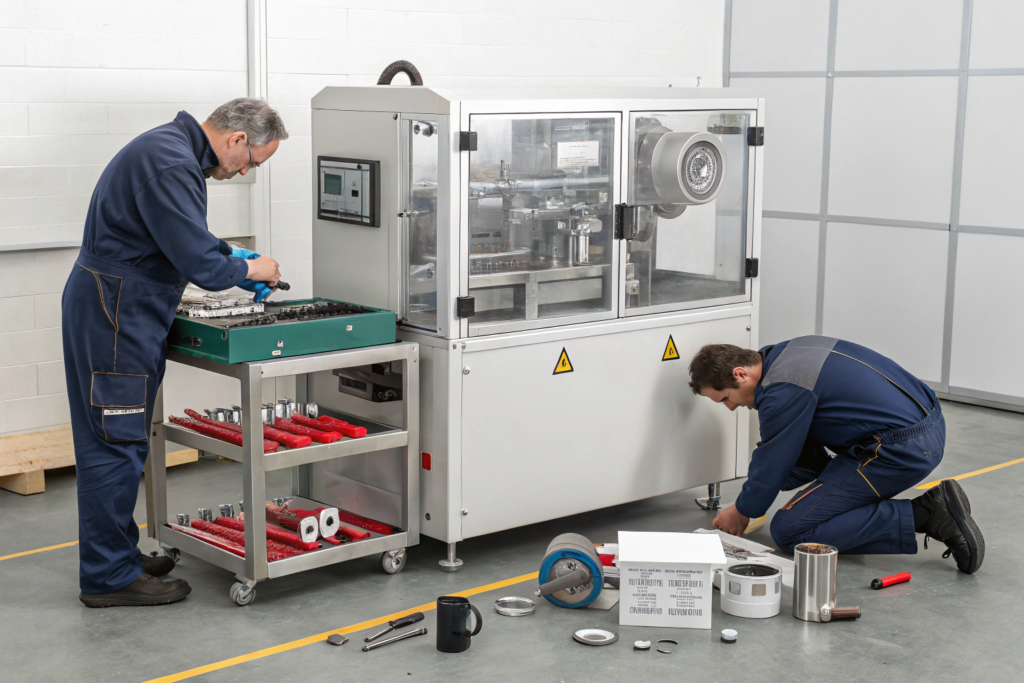
Dive deeper to maintain the machine and the cleaning. Let’s get it.
Maintenance Steps.
-
Cleaning is Key:
- After Every Production Cycle: Clean the pump and any parts that come into contact with the filling material. This prevents residue buildup, corrosion, and sticking.
- Thorough Cleaning: Use appropriate cleaning agents (check the machine’s manual) and ensure all residue is removed.
-
Lubrication:
- Moving Parts: Regularly oil or grease lifting mechanisms, bearing shafts, and adjustment modules. This reduces friction and wear. Refer to your machine’s manual for specific lubrication points and recommended lubricants.
-
Consumable Parts Replacement:
- O-rings and Spacers: These parts, especially on the pump, are subject to wear and tear. Expect to replace them every 6-12 months, depending on usage.
- Other Consumables: Check your machine’s manual for other parts that may require periodic replacement (e.g., sealing jaws, heating elements).
-
Professional Support:
- Electronic Issues: For problems with the machine’s electronic components, contact customer service.
- Complex Repairs: If you encounter issues beyond basic maintenance, on-site engineer support may be available.
| Maintenance Task | Frequency | Purpose |
|---|---|---|
| Cleaning (Pump & Contact Parts) | After each production cycle. | Prevent residue buildup, corrosion, and sticking. |
| Lubrication (Moving Parts) | Regularly (refer to manual for specific intervals). | Reduce friction and wear on moving parts. |
| O-ring/Spacer Replacement | Every 6-12 months, or as needed based on usage. | Ensure proper sealing and prevent leaks. |
| Other Consumable Parts | As indicated in the machine’s manual. | Maintain optimal machine performance and prevent breakdowns. |
| Professional Support | When encountering electronic issues or complex problems beyond your ability. | Get expert assistance to resolve issues and prevent further damage. |
Conclusion
A cup filling and sealing machine’s lifespan, often 5-10 years or more, hinges on proper usage, a suitable environment, and consistent cleaning. Regular maintenance, especially cleaning and part replacement, is key.
| Maintenance Task | Frequency | Purpose |
|---|---|---|
| Cleaning (Pump & Contact Parts) | After each production cycle. | Prevent residue buildup, corrosion, and sticking. |
| Lubrication (Moving Parts)1 | Regularly (refer to manual for specific intervals). | Reduce friction and wear on moving parts. |
| O-ring/Spacer Replacement2 | Every 6-12 months, or as needed based on usage. | Ensure proper sealing and prevent leaks. |
| Other Consumable Parts | As indicated in the machine’s manual. | Maintain optimal machine performance and prevent breakdowns. |
| Professional Support3 | When encountering electronic issues or complex problems beyond your ability. | Get expert assistance to resolve issues and prevent further damage. |
-
Explore this resource to learn effective lubrication techniques that can enhance machinery performance and longevity. ↩
-
This link will provide insights on O-ring and spacer maintenance, ensuring your machinery operates without leaks. ↩
-
Discover when to call in the experts to avoid costly repairs and ensure your machinery runs smoothly. ↩


